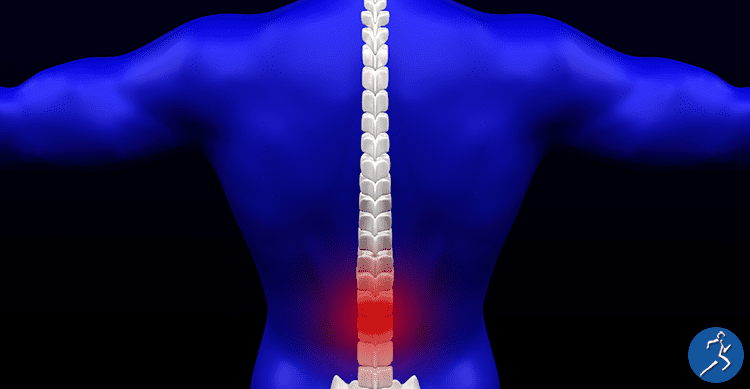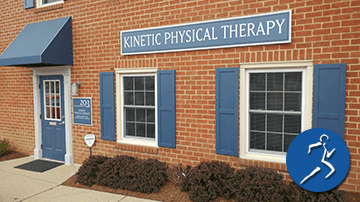
Spinal stenosis is a common condition that occurs when the spinal canal becomes compressed. The spinal canal contains many nerve roots; thus, the “pinching” of the spinal cord and nerve roots, leads to pain, cramping, weakness, even numbness. Depending on the site where the narrowing takes place, determines where you may feel these symptoms. Areas range from in the lower back and legs, neck, shoulder or arms. The impact of this condition varies widely from patient to patient.
Causes and Symptoms of Spinal Stenosis
Some people are born with a small spinal canal, referred to as congenital stenosis. However, spinal narrowing is most often due to age-related changes that take place over time, referred to as acquired spinal stenosis.
Often the narrowing is caused by osteoarthritis. This wear and tear affect the spinal column and discs between the vertebrae. Another cause could be the thickening of the ligaments in the back or a bulging of the disc that separates the vertebrae.
Symptoms of spinal stenosis often start slowly and progressively worsen over time. Unfortunately, pain in the legs may become so severe that walking even short distances becomes unbearable. Frequently, sufferers must take frequent seated breaks or also use a cane or walker. In the worst cases, patients experience bowel or bladder dysfunction (urinary urgency and incontinence)
Developmental Risks of Spinal Stenosis
There are many risk factors for developing spinal stenosis. Some are genetic, other environmental, including:
- Being born with a narrow spinal canal
- Women are at higher risk
- Age: over 50 years old
- Previous injury or surgery of the spine
- Overgrowth of bone
- Herniated Discs
Living with Spinal Stenosis
Should you be diagnosed with spinal stenosis, there are precautions and actions you can take to lessen the symptoms.
- Change your position frequently. This helps avoid sustained postures that compress the spine.
- Plan ahead during an all-day outing or during activities like yard work. Make sure you can take breaks in between these potentially back-stressing activities.
- Always use proper and conscious lifting, pushing, and pulling techniques. For example, it can be as simple as lifting from the legs, not from the back.
Treatment for Spinal Stenosis
There is no cure for this condition; however, there are steps you can take to reduce pain and improve your flexibility. The most important and effective treatment is exercise. It helps keep muscles healthy, boosts strength, reduces pain, and enhances well-being. Physical therapy is one of the best methods for spinal stenosis. It ensures you will train in a safe, controlled environment by highly educated professionals. Your therapist can create an ideal strategy for your unique condition that addresses specific needs. He will also be able to include other therapies such as manipulation, stretching, and ice and heat therapy. Furthermore, your PT provides education, instruction, and support for recovery.
Kinetic PT Can Help
If you have been diagnosed with spinal stenosis, Kinetic Physical Therapy can help. Our highly educated and experienced team provides a complete evaluation and personalized strategy for every patient. Contact us today and schedule your appointment. Let us help you regain your strength, reduce pain, and get your life back!


